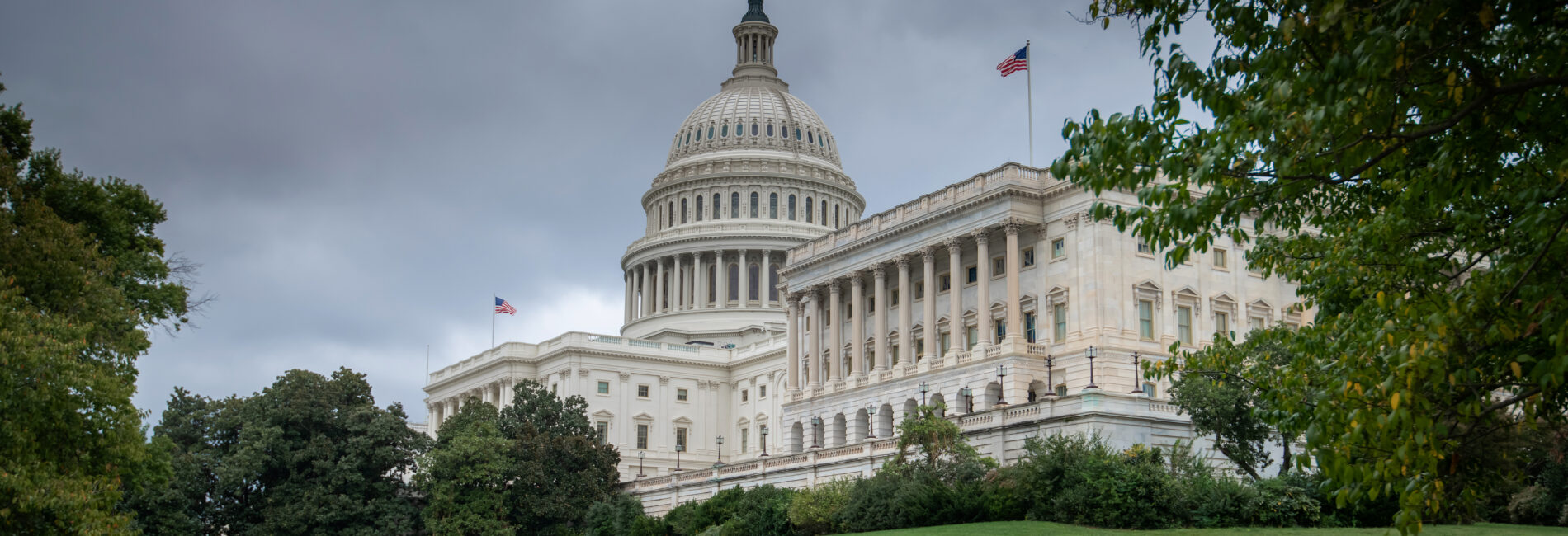Breaking down the basics of SCOTUS and outlining a few of the landmark cases that were recently passed
Understanding the unevenness of the present The Supreme Court has been up to no good as of late. With six of the justices inclined conservatively, a balance is clearly lacking, and court decisions are reflecting that. Since early spring, the decisions have been coming, whether we have been expecting them or not. In many cases, particularly the astonishing reversal of Roe, we were far from ready.
We want to take a minute to give you some basic background behind each Justice, the Court as a whole, and some of the cases that have been decided in the last couple of months.
Some Basics on the Court:
The Supreme Court doesn’t function like the typical lower-level courts you might have personal experience with or from the media. It was created with the Judiciary Act of 1789, which established the Supreme Court as the United States’ highest power court. The Court can agree on which cases they want to hear, as well as determine whether a ruling at a lower court was in line with the U.S. Constitution. The cases heard often set precedents for later cases and have a heavy impact on the social climate of the United States.
Court sessions typically begin on the first Monday of October, and they continue until the following June or July. That means a new session is coming up soon, following the intense decisions made in the previous session. Typically, these sessions consist of arguments for 30 minutes by each side, with no juries or witnesses, and many can occur in a single sitting.
The Justices – In Order of Appointment
John G. Roberts, Jr., Chief Justice of the United States: Justice Roberts is one of the more conservative-leaning Justices. He was appointed in 2003 to the United States Court of Appeals for the District of Columbia, before being appointed to the Supreme Court by President George W. Bush in 2005.
Clarence Thomas, Associate Justice: Justice Thomas was also appointed by President Bush, and he became a Supreme Court Justice in 1991. He is widely considered to be the most conservative Justice and has numerous past positions (including a stint with the Monsanto Company…)
Samuel A. Alito, Associate Justice: Justice Alito was appointed by President George W. Bush in 2006. Known to be a relatively quiet conservative, Alito has recently become “emboldened,” after being selected by Justice Thomas to write the opinion on the Roe reversal, since Chief Justice Roberts had not been on the side of the majority.
Sonia Sotomayor, Associate Justice: Originally from New York, Justice Sotomayor was appointed in 2009 by Barack Obama. She is the first Latina woman to serve on the Court and is also one of three liberal Justices.
Elena Kagan, Associate Justice: Justice Kagan was also appointed by President Obama, and she assumed her position in 2010. She’s also from New York, and she tends to be more liberal-leaning.
Neil M. Gorsuch, Associate Justice: Justice Gorsuch was appointed by President Trump in 2017. The appointment was controversial because Former Justice Scalia’s position was to be filled in February 2016, while President Obama was still in office. At the time, Mitch McConnell, who was the Majority Leader of the Senate, announced that the senate would not act on the nomination until there was a new president in office. This allowed for the nomination of Justice Gorsuch under Trump, rather than the more liberal nomination presented by Obama.
Brett M. Kavanaugh, Associate Justice: Justice Kavanaugh was also appointed by President Trump as a conservative, and he assumed his role in 2018. Justice Kavanaugh’s appointment sparked controversy because of assault allegations by Dr. Christine Blasey Ford and several other women around the time of his appointment. Despite these allegations, Justice Kavanaugh was confirmed, now holding power to make decisions on women’s bodies and autonomy.
Amy Coney Barrett, Associate Justice: Justice Barrett was also appointed by Trump in 2020, following the death of Former Justice Ruth Bader Ginsburg. An extremely conservative Christian, her appointment was one of the first inclinations of a threat to Roe.
Ketanji Brown Jackson, Associate Justice: The most recent Justice to join the court, Justice Jackson took her seat on June 30, 2022, just days after Roe was overturned. She is liberal, and she is the first Black woman to ever serve on the Supreme Court.
Here are just five cases that have been heard recently:
West Virginia v. Environmental Protection Agency:
This 6-3 ruling limited the power of the EPA, specifically within the energy sector and regarding power plant usage.
This one is actually okay! This was a 5-4 ruling that decided that the Biden Administration could end Remain in Mexico, a program from Trump’s presidency that required those trying to seek asylum in the US to wait in Mexico before being allowed in the country.
Kennedy v. Bremerton School District:
This 6-3 ruling decided that a football coach had a right to pray on the 50-yard line following high school games.
Dobbs v. Jackson Women’s Health Organization:
This 6-3 ruling overturned Roe v. Wade, ending aborion protection at the federal level. Abortion criminalization now rests at the hands of the states, greatly limiting women’s access to care around the country.
New York State Rifle & Pistol Association v. Bruen:
Another 6-3 ruling, this decided that limits on carrying weapons in public goes against the Second Amendment.
For more case info, we used this New York Times article. It is easy to digest, and it also shares how these rulings contrast with public opinion, depending on political party.
What next?
Thanks to checks and balances, the House and the Senate have some actions they can take. In July, they voted to protect same-sex marriagefollowing a comment made by Justice Clarence Thomas that indicated that the ruling on Roe might be far from the last controversial court ruling. Although this large-scale political action hasn’t happened in all cases, and action on other decisions has been delegated to the state level, it emphasizes that not all hope is lost.
As we prepare for the start of a new session next month, it’s also worth considering your role as an individual, even if you don’t feel directly connected to the courts. Citizens elect officials, those officials cast their votes for the president through the electoral college, and the President of the United States appoints the Supreme Court Justices. Although there seems like there’s many degrees of separation, your vote does matter, to the goings on of the Supreme Court, and all across the branches of the government.










